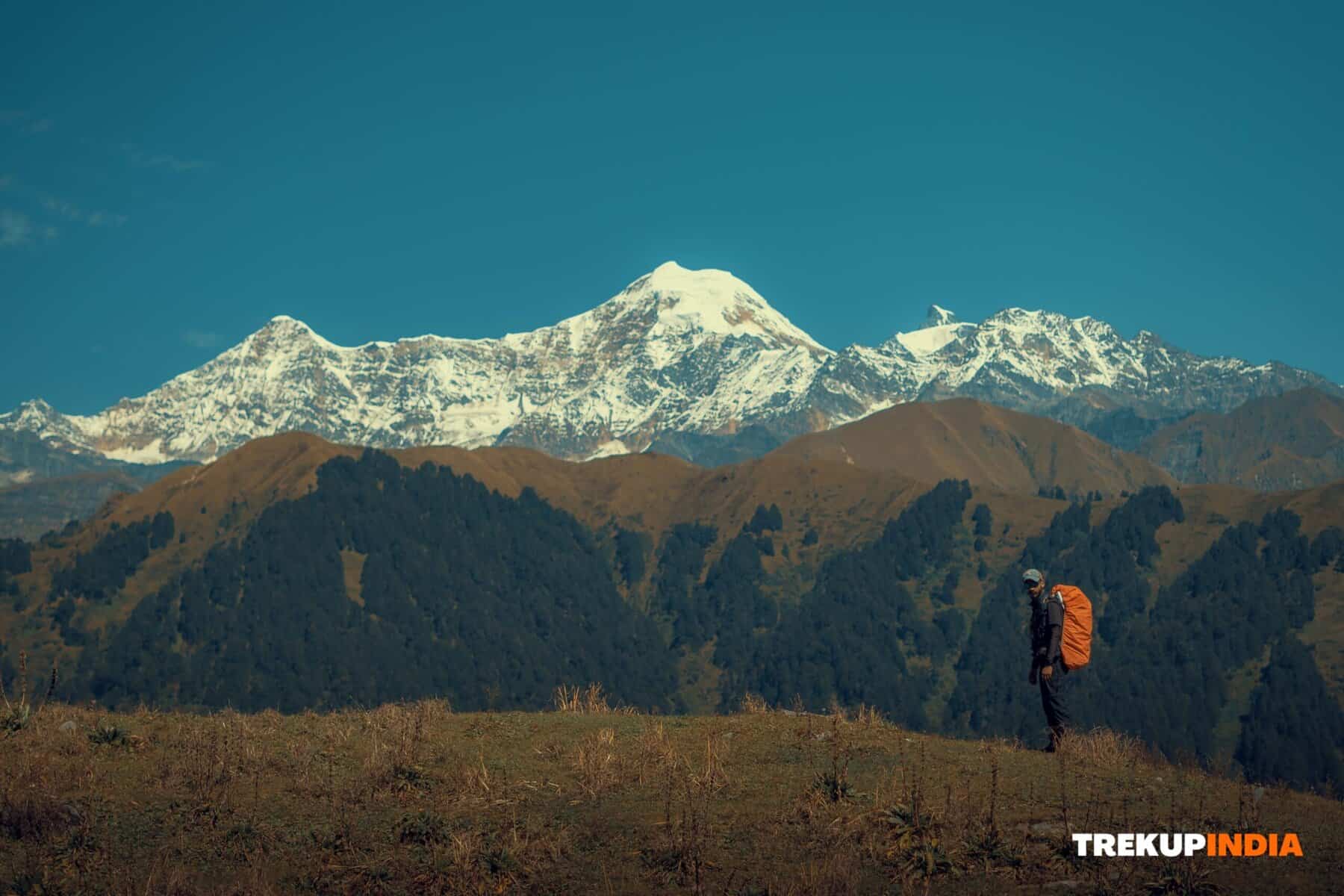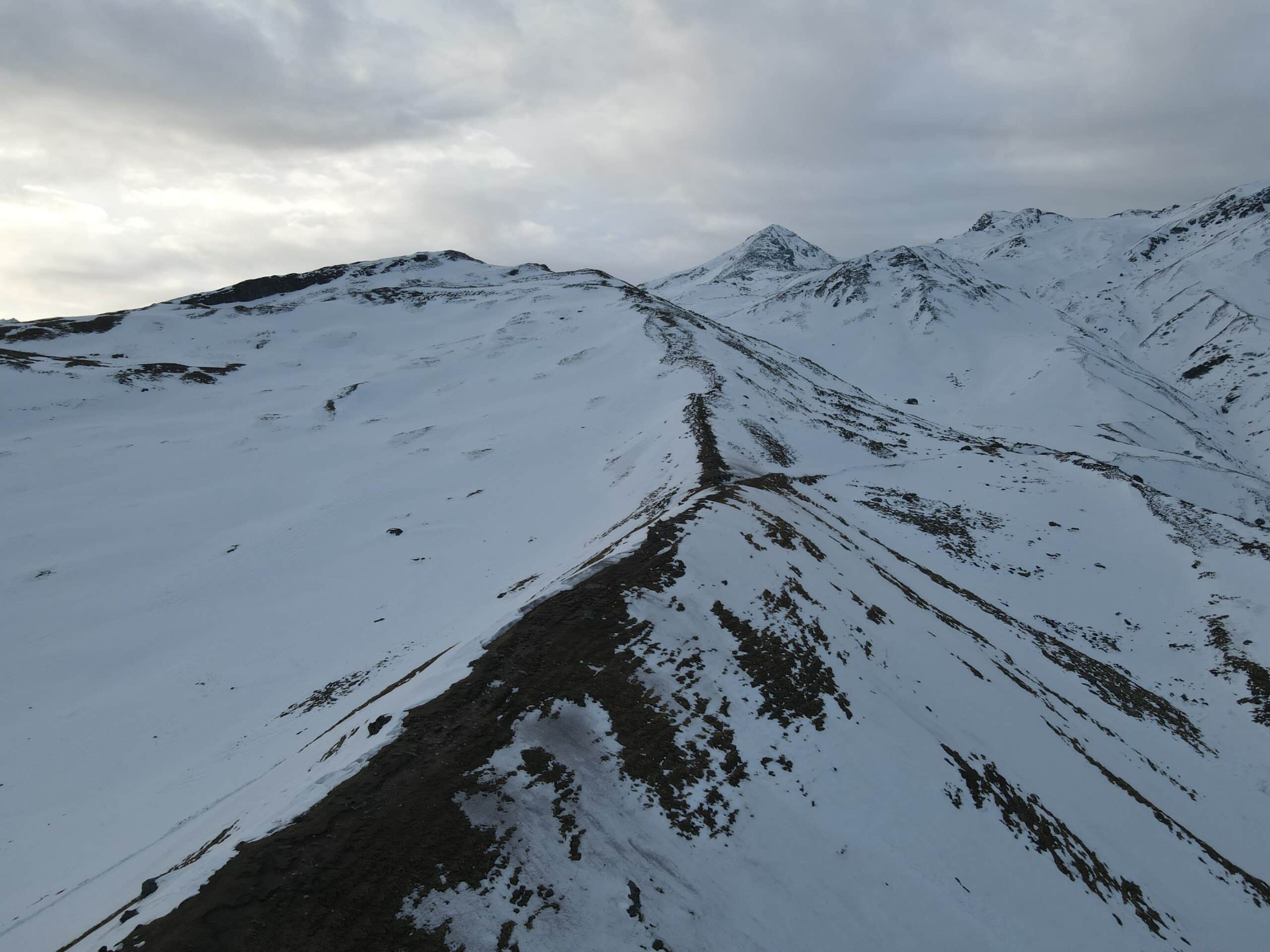Altitude Sickness Appetite Loss: Eat Well at Altitude
One of the biggest surprises for many trekkers during a trek through the Indian Himalayas is an unexpected loss of appetite when reaching higher altitudes. Although you have trained extensively and packed energy rich snacks into your pack for months before entering higher altitudes (over 12,000 feet), food that once appealed may no longer do so readily.
Your body requires consistent energy to remain energized, warm, and heal after exertion.
At TrekUp India, we’ve guided trekkers on high altitude treks from Ladakh up to Uttarakhand and witnessed first hand that managing weight loss is essential to staying strong, fit, and healthy.
Here’s a way to stay on track when your body tells you otherwise: take note! Here is one approach to maintaining nutrition even when your body says otherwise.
Why Appetite Loss Occurs at Altitude
- Higher elevations often cause an appetite reduction. This phenomenon may be influenced by:
- Reduced oxygen has resulted in slower digestion, creating discomfort after eating heavy meals.
- Rise in Breathing (dehydration) may produce symptoms similar to feelings of fullness.
- Hormonal fluctuations can change your brain’s ability to interpret hunger signals.
- Altitude sickness causes acute symptoms like headaches, nausea, and fatigue, which can lead to reduced appetite.
- Skipping meals for too long is a risk that could sap your energy, contribute to muscle wasting, and worsen symptoms of altitude illness.
1. Eat Small and Frequent
To maintain eating at altitude, try snacking regularly throughout your day rather than waiting to consume one large food item all at once.
Pack trek mix, energy bar, or dry fruit in a pocket that’s easily accessible.
Prepare to stop every 4560 minutes on your journey for a snack.
2. Select Light, Energy Dense Foods
At altitude, digestion works more slowly. Food can feel heavy and over whelming at first.
To ease this burden and experience optimal performance at altitude, select light yet energy dense foods that contain lots of nutrition but won’t overwhelm you in terms of weight or texture.
Try incorporating carbs like biscuits, boiled potatoes, khichdi, or chapati filled with jam as part of a high carb meal plan.
Include nuts, nut butters, or cheese for additional calories without increasing volume intake.
3. Make Hydration a Priority
Dehydration can make you feel hungry, which can confuse the brain into believing there are still calories available for consumption.
Take a cup of warm water or herbal tea daily for optimal health.
Include electrolyte tablets and lemon honey water to increase attraction and nutrition.
4. Make Food More Appealing
Living at higher altitudes can have the opposite effect of making taste buds dull, making your food less appealing to those dining on it.
Select from an array of flavorful dishes such as spiced soup, tart pickles, or masala poha for a meal that will surely please.
Keep a variety of ingredients like chili flakes, salt, and pepper handy to add extra spice.
5. Eat Early
Don’t wait until you are hungry before eating; otherwise, you might lose motivation and interest in food altogether. Start early!
Have a snack within 30 minutes of waking up.
Start your day right with a healthy breakfast of oatmeal mixed with fruit or nuts.
6. Warm, Comforting Meals
It can often be more convenient to consume at higher altitudes.
Dal, soup, and porridge provide not only essential nutrition to our bodies but also help keep them warm.
Warm fruit compotes or hot chocolate are sure to satisfy your taste buds when the temperatures dip, offering comforting warmth from the inside out.
7. Listen to Your Body, but Don't Skip
Even if you aren’t hungry, make sure that at least a small portion of food is consumed at each meal to provide energy that helps avoid fatigue and maintain body temperature.
TrekUp India Tip
Our experience has shown us that sharing meals as a group can make eating together much easier; having meals together may encourage participants to eat a few extra bites where they might otherwise stop. Trekkers have also reported finding it useful to bring one or two foods from home (like chocolate bars and instant noodles or even home baked snacks) can make a significant difference between skipping meals and finishing each one in its entirety.
Conclusion
Loss of appetite at high altitudes is an issue common to trekkers in India’s Himalayan range, but not unsolvable. Understanding why this occurs and employing simple strategies such as eating regularly at set times, selecting energy dense yet light food items, staying hydrated, and creating tasty meals can help maintain energy levels and lessen the chance of altitude sickness or fatigue. Food should not only provide fuel for your journey; it should also serve as comfort, motivation, and a recovery mechanism. TrekUp India expeditions have taught us this, taking a mindful approach to food can make the difference between just doing the trek and having fun every step of the way.
Share this article
Want To Trek Like Pro?
Basically, watch these videos if you want to trek the same way professional trekkers do and make your skills better. These videos contain useful tips and techniques to further improve your trekking skills itself. These videos actually help both new and experienced trekkers improve their trekking skills. These videos definitely provide useful tips that make your trek better. We are seeing that these videos by Trekup India experts will only help you make your trekking skills better.







Know Everything About Acute Mountain Sickness
Acute Mountain Sickness occurs when people trek to high altitudes above 8,000 feet. This condition itself develops further due to reduced oxygen levels at such heights. Basically, as you go higher up, the air pressure and oxygen levels decrease, which causes the same problem. Acute Mountain Sickness surely causes headache, nausea, vomiting, and dizziness in affected persons. Moreover, peoples also experience difficulty in sleeping during this condition. To avoid mountain sickness, you should actually trek up slowly to higher altitudes. To learn further about this condition itself, watch the videos by Trekup India.









